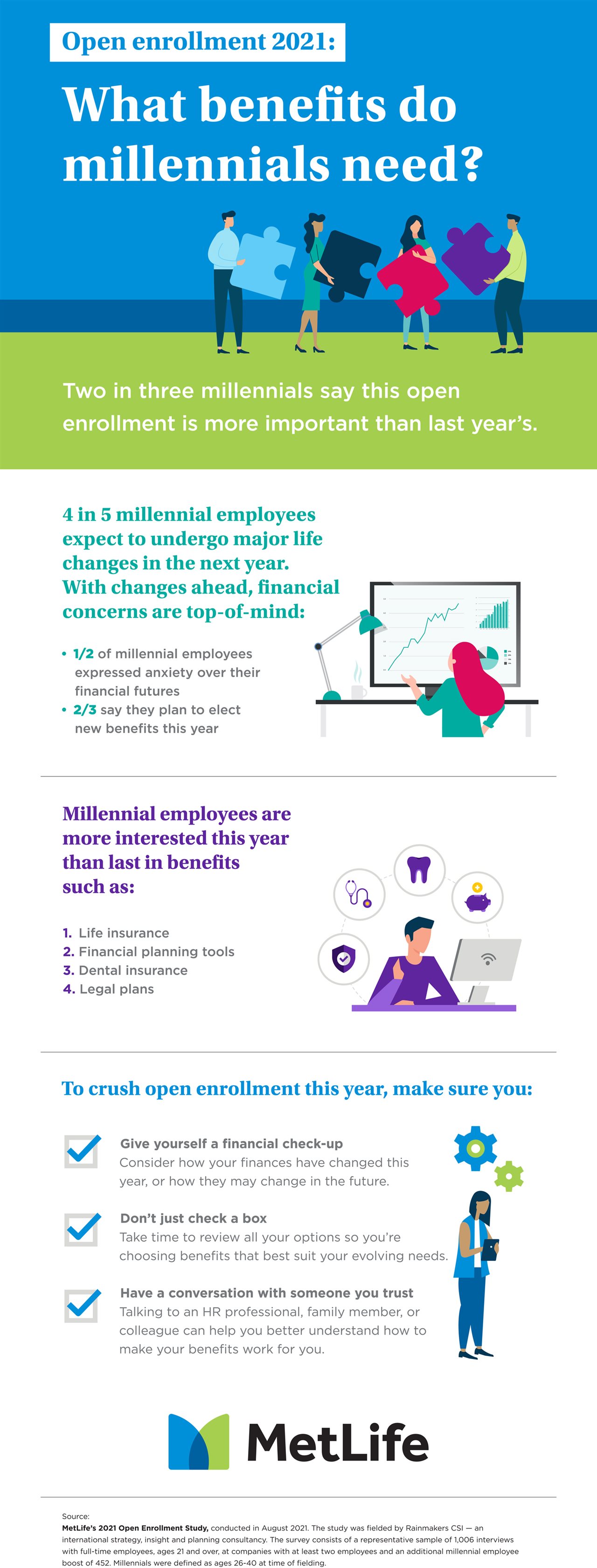2021-10-31T12:01:00
(BPT) – Numbering at over 4 million, nurses are the largest group of health care professionals in the United States. It’s estimated that one in every 100 people is a registered nurse. And for 19 years straight, Americans have ranked nursing the most honest and ethical professional in an annual Gallup poll. According to the American Nurses Association, nurses are leading the response to the most challenging issues facing our health care system from ending the COVID-19 pandemic, to alleviating health inequities, improving access to care, developing technologies to improve patient outcomes and more.
Serving all patients and communities
In an era of increasing public health challenges and the persistent COVID-19 pandemic, the nursing workforce is making a dramatic difference from the bedside to the boardroom, providing 24/7 expert clinical care, promoting public health and protecting our well-being. Nurses directly influence the health of communities by providing care and education to reduce the incidence of and to help patients effectively manage chronic health issues such as heart disease and diabetes. Nurses are providing direct clinical services, collaborating with community members, and leading care in local health departments and community-based clinics. Some nurses, like advanced practice registered nurses (APRNs), are primary care providers, caring for patients and families in metropolitan and rural areas.
Advocating for health care
Nurses are considered one of the most trusted voices in health care because they know that where people live, work and play affects their health and quality of life. Because of their deep understanding and unmatched perspective on what works in our health care system and what doesn’t work, nurses are influencing important health policy. Nurses serving in the U.S. House of Representatives address longstanding health inequities, access to affordable care, and issues impacting the nursing profession. During the COVID-19 pandemic, nurses’ leadership and advocacy for wider availability of COVID-19 testing, steady supplies of critical personal protective equipment (PPE) and increased public education about COVID-19 vaccines as well as equitable distribution helped save the lives of millions of Americans.
Responding to public health crises
The nursing profession has a track record of responding to public health crises and is a driving force behind the colossal COVID-19 response efforts currently underway. Nurses are educating communities about the importance of getting vaccinated against COVID-19, administering COVID-19 vaccines, advocating for relief and aid, and more. For nearly two years, nurses have provided lifesaving treatment and high-quality care, showing unwavering commitment to their patients and communities during this unprecedented pandemic. Nurses were also at the vanguard of combatting many other public health crises such as the HIV and AIDS epidemic, the H1N1 pandemic, the Ebola outbreak and countless others.
Leading scientific research and development
In an ever-changing landscape, nurses are solving today’s complex health care issues and exchanging ideas throughout the health care system. Nurses work as scientists, conducting research and forging innovative solutions to make care accessible and improve patient outcomes. They are developing technologies to reduce the risk of infections during hospital stays and a group of nurses built one of the largest contact tracing endeavors in modern history to reduce the spread of COVID-19.
We can all support nurses
Nurses are demonstrating how their immeasurable contributions extend beyond the crucial role of caring for patients in hospitals and clinics, to community health service and the halls of Congress.
But the pandemic strained a nursing workforce that was already struggling with staffing issues. American’s health will be at risk without a concerted effort to address decades of underlying, chronic challenges. The American Nurses Association is calling on Congress to increase the investment of federal and state resources to support nurses and take immediate action through policy to ensure we have a strong nursing workforce today and in the future.
Today, we can all support nurses by getting vaccinated against COVID-19, encouraging our friends and family to get vaccinated, and following the guidance of public health officials regarding wearing masks and physical distancing. COVID-19 vaccinations are available from your health care provider, at pharmacies and other locations nationwide. Ending the suffering of the pandemic by getting vaccinated is the most effective way to support and relieve nurses during these challenging times.
To learn more about the nursing profession, visit NursingWorld.org.










